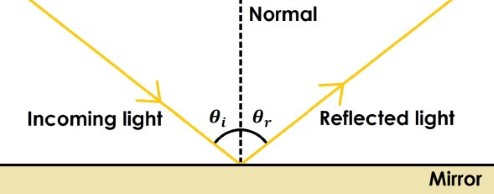

Intensity and long exposure times can lead to fading or changing colors in dyes and colorants. Light and ultraviolet radiation (UV) provides energy to fuel the chemical reactions that lead to deterioration and while UV is blamed for most of this damage, visible light is also problematic. Aside from fading, there may be damage to the physical and chemical structure of materials. Many materials are particularly sensitive to light: paper, cloth, leather, photographs, and media (inks, colorants, dyes, and many other materials used to create objects and art). Light is a very common cause of damage to collections.
When we think of light damage, we think of fading, but fading is only the most recognizable form of damage. Resources for Town, Municipal, and County Clerks.Caring for Private and Family Collections.California Emergency Preparedness Consultations.Chapter 5: Disaster Preparedness and Response.Chapter 4: Managing Digital Audiovisual Collections.Chapter 3: Planning, Preparing, and Implementing Reformatting Projects.Chapter 1: Care and Handling of Audiovisual Collections.Fundamentals of AV Preservation Textbook.Digital Preservation Assessment Training.Fundamentals of Photograph Preservation.How Can an Assessment Benefit Your Collection?.Working with Collection Assessments and Consultations.Collection and Item Assessments and Consultations.Preservation Assessments and Consultations.Working with Conservation for Private and Family Collections.Working with Conservation for Cultural Institutions and Government Agencies.Collection Assessments and Consultations.Conservation Services for Private and Family Collections.Conservation Services for Cultural Institutions and Government Agencies.


 0 kommentar(er)
0 kommentar(er)
